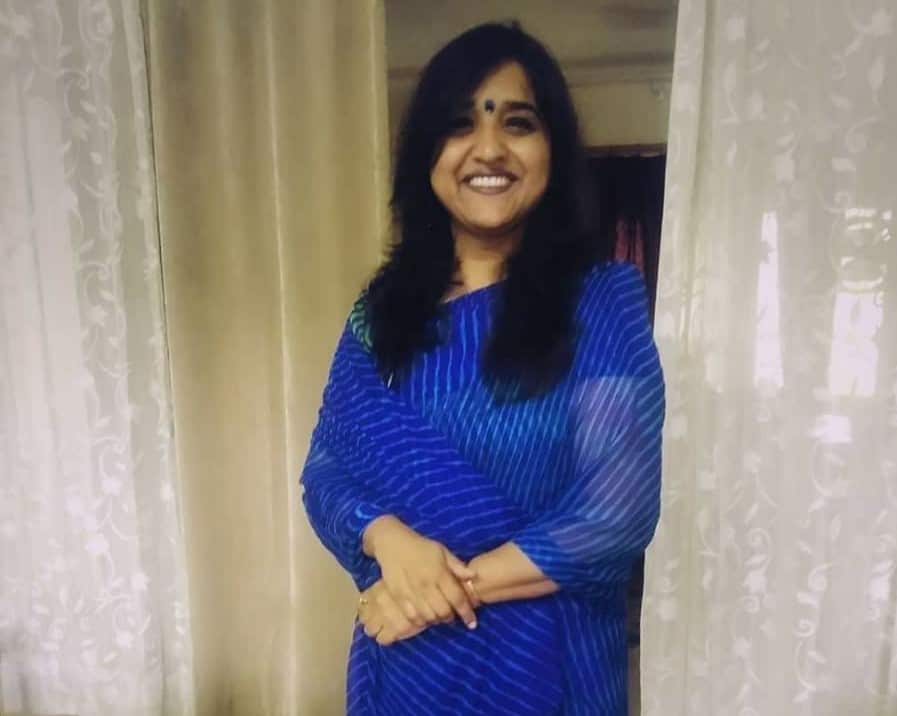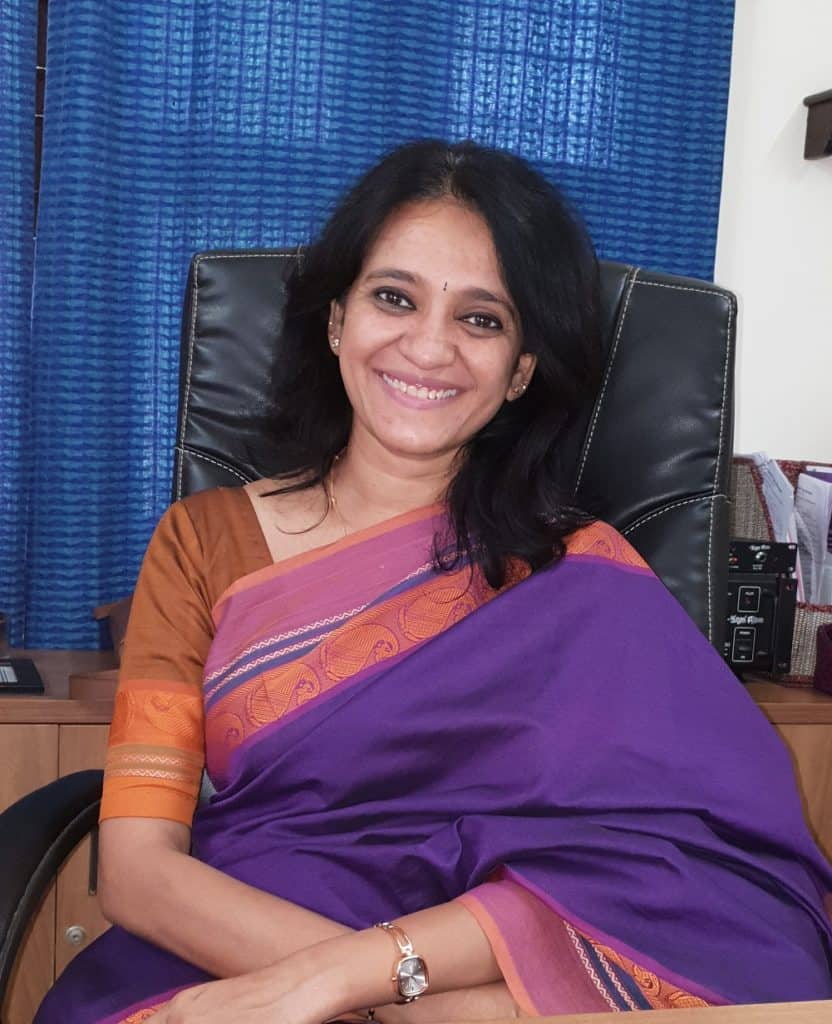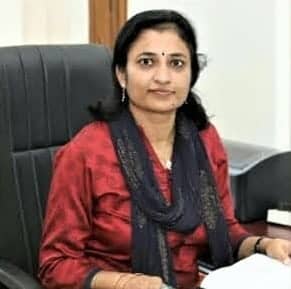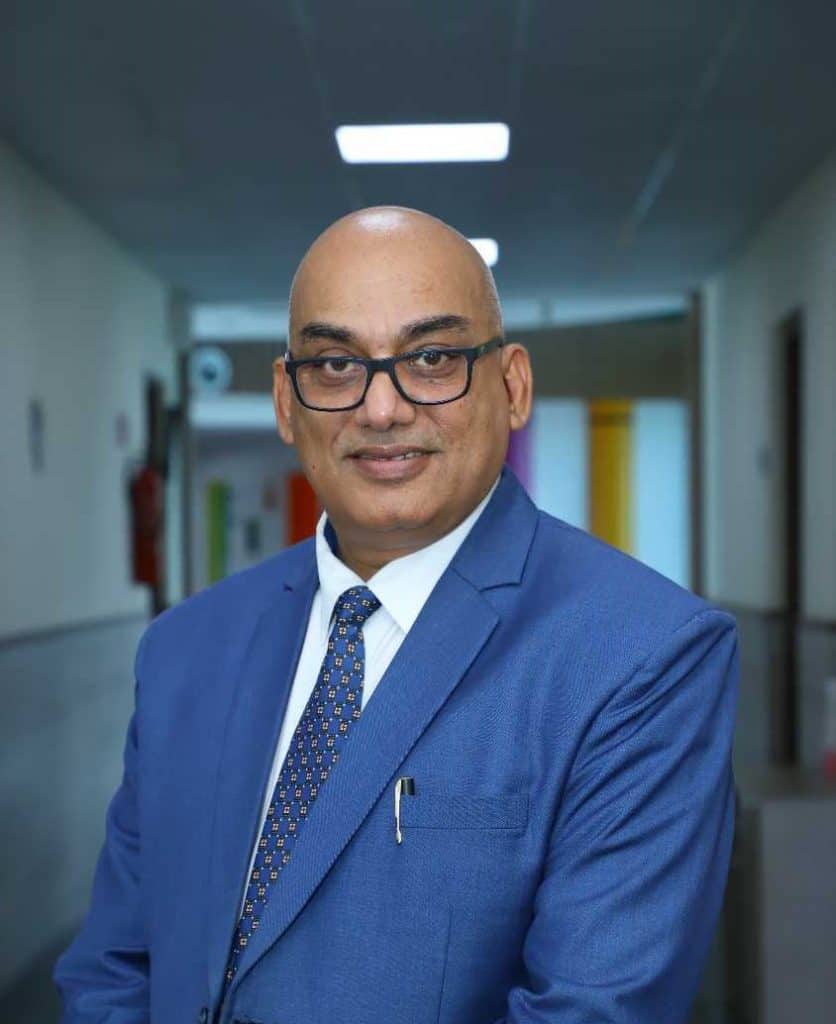On September 8 2020, the Ministry of Health and Family Welfare, Government of India released an SOP for partial reopening of schools from September 21st and for students of classes 9 to 12 on a voluntary basis to clarify doubts and take guidance from their teachers, in keeping with the government’s phase-wise unlocking activities.
This has facilitated partial reopening of schools in several cities in India starting this week, though parents remain uncertain and concerned, and schools are also mulling over how to get back to the regular regimen in view of the prevailing COVID-19 situation.
Schools grappling with multiple challenges
Genius International Public School, Ropar, Punjab is a K-12 school with 1900+ students. Says Director & Principal Dr. Bindu Sharma, “Re-opening schools, even in a phased manner poses a lot of challenges for school managements, given that enforcing discipline among people on social distancing and wearing of masks is still a difficult proposition.”
The Principal explains that schools have a lot of planning to do right from demarcating spaces for parking of school buses, to fixing of specific entry and exit gates, appointing staff and materials for thermal checking and sanitization, seating arrangements and appointing staff to monitor students for social distancing.
“These challenges are over and above our academic commitments. The pandemic has also brought about a divide between parents and schools with regard to payment of fees and created hostility among some parents who are not positive about depositing fees,” she said.

Principal
Genius International Public School
According to her it is also difficult for teachers who would have to get used to wearing masks while teaching and enforce social distancing during class time. At the same time, they will have to continue with the rigors of online teaching, preparing teaching material online, correcting homework and internal assessments and maintaining students’ records online.
From the children’s point of view, having stayed at home for a long time, it will take time for them to get back to the structured mode of learning or recommence a disciplined daily routine.
With only a limited number of students allowed to sit per classroom, arranging for more classrooms, bringing in more teachers for a class, making seating arrangements and the cost burden of security precautions, housekeeping as well as infrastructural rearrangements will be a huge burden on schools.
Says Harshida Harikumar, Principal, Manasarowar Pushkarini Vidyashrama, Mysore, “As of now the SOP by the government clearly says that students from class 9 – 12 can go to school on a voluntary basis to clear doubts. We are planning to wait for another ten days and for instructions from our Block Education Officer.”

Principal
Manasarowar Pushkarini Vidyashrama
The school is part of an association of CBSE schools called Mysore Sahodaya School Complex, a CBSE initiative. All the schools in the Sahodaya have decided to wait till the end of the month to see if the state government issues any other directive.
“One school in Mysore had sent an intimation to parents to send children to school from Monday, September 21st and the parents raised strong objections. Parents are not comfortable sending children to school, even if it is only to clear doubts,” said Harshida.
Manasarowar Pushkarini Vidyashrama has been conducting online classes from May, and except for the skeletal staff that works at the principal’s office, no one, not any of the teachers, has been asked to come to school. Considering the continuing spike in COVID-19 cases, Harshida sees no purpose in schools being kept open only to clear doubts.
Moreover, the dual burden of handling online classes for students who continue to learn from home and attending to students who come to school will take a toll on the teachers. However, having been a centre for the recently conducted NEET examination, the school is prepared with all the necessary infrastructure and amenities to reopen.
R Buvana, Principal, Noida International Public School, says that the foremost concern about phased reopening of schools stems from parents who are hesitant about sending their children to school, especially since the number of COVID-19 cases has been increasing steadily with no signs of the curve flattening.
Another concern she says is the declining interest on the part of the students because they have continuously been in their homes for a long time and are also stressed about the financial burden on their parents.

Principal
Noida International Public School
Reopening will impose additional costs to schools to maintain safety protocols necessitated by the pandemic situation. Buvana has gone to great lengths to get herself trained in technology to conduct online classes and has trained the teachers. Online classes are being carried out seamlessly and the school has successfully completed 60% of the syllabus for the senior classes. They have established a reliable online system of assessment and student feedback and are geared up to continue online teaching till the end of the academic year, if necessary.
Founder-Principal of Brookfield International School, New Chandigarh, J K Singh emphasizes that the SOP clearly mentions students need to come to school only if they have to clarify doubts. According to him, considering that in India the size of a class is anywhere between 40-80, only about 10-14 students can be accommodated per classroom. Therefore every student gets to come to school only four days a month!

Founder-Principal
Brookfield International School
Moreover, schools can function only for four hours a day. Hence, no learning will happen even if students come to school. But for this, the school has to invest heavily in upgrading infrastructure and making arrangements to maintain safety protocols.
Given that parents have raised objections to payment of fees, many schools in Punjab have closed because there has been no collection of fees. “Schools have many liabilities which they have not been able to reduce due to non-payment of fees,” says Singh.
“Teachers have done magnificently during the pandemic, because it is really difficult to transition to online teaching, learning how to use software tools to prepare and present teaching materials. But many teachers have not been paid salaries and have been looking for alternative means of earning money. This is the stark reality!” he says.
Parents and student speak
Anitha Nagaswamy’s son is studying in the eleventh standard and she is the Secretary of the Parent Teacher Association (PTA) at Padma Seshadri Bala Bhavan Sr. Sec School, Chennai. “We live in a semi joint family set-up and have elderly people at home. We have an assorted mix of age groups of people and some of them would be more vulnerable to coronavirus than the others. That is the worry. Children may be asymptomatic but we don’t want elders in the house to pick up something because a child went to school,” says Anitha.
Like her, many are not comfortable sending their children to school till there is mass access to a vaccine for the virus. Right now, online classes are being conducted more or less smoothly and most parents are happy with how schools are going about this in a methodical fashion. “Tests are being conducted and the school management as well as the teachers are doing a remarkable job. Of course, children are missing their friends but that is a small sacrifice considering the larger picture. It makes sense to wait for the situation to get better,” Anitha feels.
Poonam Singh is a teacher at the Naval Children School, Mumbai and also a parent. “It is impractical to expect 15 and 17 year olds to maintain social distancing, especially after a long closure of schools,” she says, “Even in our school, which is safe and within the complex, a few teachers come from outside. However much you sanitize or monitor social distancing, children are exposed to risk.”
Poonam feels that as long as there is no vaccination, schools should remain closed; even if this stretches to a full academic year or even two, it does not make a difference in the long run. As the numbers continue to rise, she is fearful of the situation spiralling out of control in cities like Mumbai, especially in railway stations and public transport, once the schools and colleges reopen.
“People like us in the navy live in a self-contained complex and problems are less. But for people outside, the risks are high. We lost one of our brilliant teachers to COVID-19 recently. I think the education ministry must seriously look at ways and means of conducting online board exams like countries abroad and also make arrangements for all students to take these exams online.”
Dr Karthik Pandit and his wife are Ayurvedic doctors in Old Agrahara, near the Mysore Palace and he also manufactures Ayurveda medicines. They have treated several mild and moderate cases of COVID-19. “We want our kids to go back to school, but not in these circumstances, considering that in Karnataka we have 600-700 daily cases of COVID-19,” says the couple.
Dr Pandit does not support reopening of schools and also touches upon an angle not amply discussed: “So far, we have been under the impression that kids are reasonably safe and are not affected much even if they get COVID-19. However, experience proves otherwise. Mortality in children has increased and they develop chronic post-Covid-19 complications.”
At the same time, he admits that since both parents have to go out for work, his daughter and son tend to get depressed staying at home and would perhaps rather go back to school. Andhe guesses so rightly. His daughter Mahi, who studies in class 9, says she would like to go to school if they reopen because it has been months since she has seen her teachers and friends in person. “We miss school very much. It has taken us some time to get adjusted to online classes. Since there is no other way, we have accepted the situation. But we would love to go back to school. There is nothing to do at home!” she exclaims.
But some students themselves are sceptical how things will pan out. Sahil* a Class 11 student of Chinmaya Vidyalaya, Chennai says, “I will not go to school if it is only on voluntary basis, because there is no point. But if school starts fullfledged, I would like to go. There will be safety precautions and a new normal once we go back to school. But I look at these as changes and not challenges.”
Sahil is a people’s person and he strongly believes that one of the key takeaways from school is the interaction with people in a conducive environment. “I hate virtual meetings and cannot do it for six more months. Meeting in person is different from meeting online; even though you would be meeting the same friend, the feeling is not the same!”
The global experience so far
According to UNESCO, 146 countries around the world shut down schools, affecting at least two-thirds of students globally. While COVID-19 remains uncontrolled in the USA, some states reopened schools and the experience has not been very good despite enforcement of social distancing among students, adopting rigid sanitization routines and temperature checks. Large numbers of students and teachers have been testing positive for the disease.
USA witnessed a 90% increase in the number of COVID-19 cases among children during August-September and several clusters of coronavirus cases emerged in many states. Fear of infection among tens of thousands of students and teachers in multiple states in the US is pushing officials to switch to a full or partial schedule of online classes. Some schools have delayed reopening due to lack of preparedness as well as observing the impact of reopening by other schools.
Schools across Europe and the UK have reopened after months of online learning and are following guidelines laid down by their governments on social distancing as well as safety precautions. Primary schools reopened in England on June 1st and secondary students started on June 15th.
In France schools reopened on September 1st. In Germany children have returned to school full time since early August while Greece had extended the reopening of schools to September 14 due to a surge in COVID-19 infections. Italy followed Greece reopening schools on September 14 while Dutch schools opened in August.
In Norway schools reopened gradually from April 27, children were not required to wear face masks and school hours remained unchanged due to their efficient handling of the the COVID-19 situation.
Poland and Russian schools reopened on September 1st, while primary and secondary schools in Spain started the academic year in a phased manner over the first three weeks of September.
Remarkably, Sweden schools stayed open throughout the pandemic and reopened after summer break in mid-August.
Japan reopened its schools in June necessitating parents to take their children’s temperatures every morning and enter the results on a health report, which is then brought to school and checked by teachers on arrival. Emergency plans were charted to close schools if the virus struck the children again.
South Korea, viewed as one of the world’s coronavirus success stories for its management of the disease, ordered closure of all schools yet again in late August following a resurgence of coronavirus cases. The Ministry of Education ordered a return to online learning for all schools and kindergartens till September 11, except for high school students scheduled to write the national university entrance examinations in early December.
South Korean schools have capped attendance at one-third in elementary and middle schools and two-thirds in high schools to guarantee social distancing.
In India, it’s clear that most children are waiting with bated breath to get back to school. However, it appears that the dilemma among school managements, parents and the governments is likely to continue until the world sees a way out of the impasse, which could only be through the much-awaited vaccine.